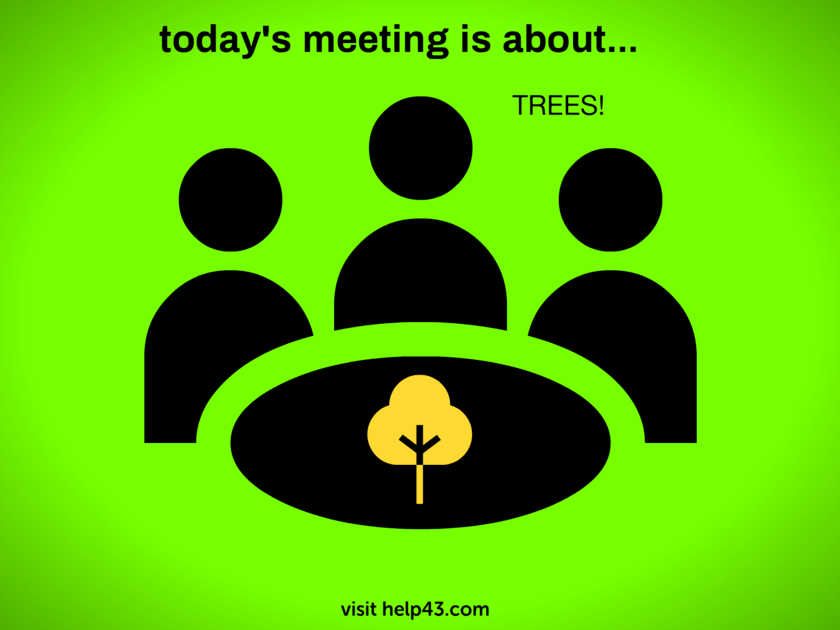How does photosynthesis work?
Photosynthesis is a remarkable process used by plants, algae, and some bacteria to convert light energy into chemical energy. This process is fundamental to life on Earth as it is the primary source of oxygen and organic compounds, which are essential for most living organisms.
Here’s a simplified overview of how photosynthesis works:
- Light Absorption: It all starts in the chloroplasts, specialized structures found in plant cells. Chloroplasts contain pigments like chlorophyll, which absorb sunlight. Different pigments absorb different wavelengths of light, but chlorophyll primarily absorbs blue and red light and reflects green light, which is why plants appear green.
- Water Splitting and Oxygen Production: The energy absorbed by chlorophyll is used to split water molecules (H₂O) into hydrogen and oxygen. This process releases oxygen as a byproduct, which is expelled into the atmosphere.
- Carbon Dioxide Fixation: Plants take in carbon dioxide (CO₂) from the atmosphere. In a cycle of reactions known as the Calvin Cycle, the carbon dioxide is combined with the hydrogen released from the splitting of water. This process happens in the stroma of the chloroplast.
- Production of Glucose and Other Compounds: The energy captured from sunlight drives a series of chemical reactions that convert carbon dioxide and hydrogen into glucose (C₆H₁₂O₆), a type of sugar. Glucose serves as an energy source for the plant, and it’s also used to make other organic compounds needed for plant growth and development.
- Release of Oxygen: The oxygen produced during the water-splitting step is released into the atmosphere. This oxygen is vital for the respiration of most living organisms on Earth.
- Energy Storage: Plants store the glucose produced during photosynthesis as starches or use it directly for energy. This stored energy can later be used by the plant for growth and repair, or it can be consumed by other organisms, thus transferring energy through the food chain.
Photosynthesis is a complex process with many steps and components, and it involves a delicate balance of inputs and outputs. It’s a cornerstone of life on Earth, underpinning the survival of plants and, by extension, the animals and humans that depend on them for food and oxygen.
An image that illustrates the process

Here is a diagram illustrating the process of photosynthesis in plants. This visual representation includes the key components such as the absorption of sunlight by chloroplasts, the splitting of water into hydrogen and oxygen, the flow of carbon dioxide into the plant and oxygen out, and the Calvin Cycle showing the transformation of carbon dioxide and hydrogen into glucose. It’s designed to be clear and educational.
Which plants are best producers?
When it comes to evaluating the “best producers” in the plant world, it often refers to the efficiency and rate at which plants convert sunlight, water, and carbon dioxide into glucose (sugar) and oxygen through photosynthesis. This efficiency can vary significantly among different plant species. Some of the most efficient producers include:
- Algae: Though not technically plants, algae (including microalgae like phytoplankton) are incredibly efficient at photosynthesis. They are key primary producers in aquatic ecosystems and are responsible for a significant portion of the Earth’s oxygen production.
- C4 Plants: These plants have a specialized mechanism for photosynthesis, which makes them very efficient in hot, sunny climates. Examples include corn (maize), sugarcane, sorghum, and certain grasses. They are adept at minimizing water loss while maximizing sugar production, making them highly productive in suitable climates.
- CAM Plants: Plants using Crassulacean Acid Metabolism (CAM) are also highly efficient, especially in arid environments. They open their stomata at night to reduce water loss. Examples include cacti, agaves, and some orchids.
- Fast-Growing Trees: Some tree species like poplars and willows are known for their rapid growth and high biomass production, making them efficient in terms of carbon sequestration and bioenergy production.
- Legumes: Plants like peas, beans, and lentils are not only efficient producers but also improve soil fertility by fixing nitrogen, which benefits themselves and other plants in the ecosystem.
- Rice and Wheat: As staple food crops, they are efficient producers in terms of yield per hectare, feeding a large part of the world’s population.
The efficiency of these plants can depend on various factors, including climate, soil type, water availability, and the presence of essential nutrients. The “best” producer in a specific context might vary depending on the local environmental conditions and the specific goals (e.g., maximizing oxygen production, biomass for biofuels, food production, etc.).
Keep up the curiosity! 🌟🌱
made with help of ChatGPT LM’s and Dalle
Invest in your future
Take time to learn
Embark on your journey in affiliate marketing and website creation alongside an incredible community and myself. Invest in your future by dedicating time to learn and earn. Take all the time you need to master the basics before aiming higher. Give it a try and sign up for free. You won't regret it! Discover the possibilities for yourself...


